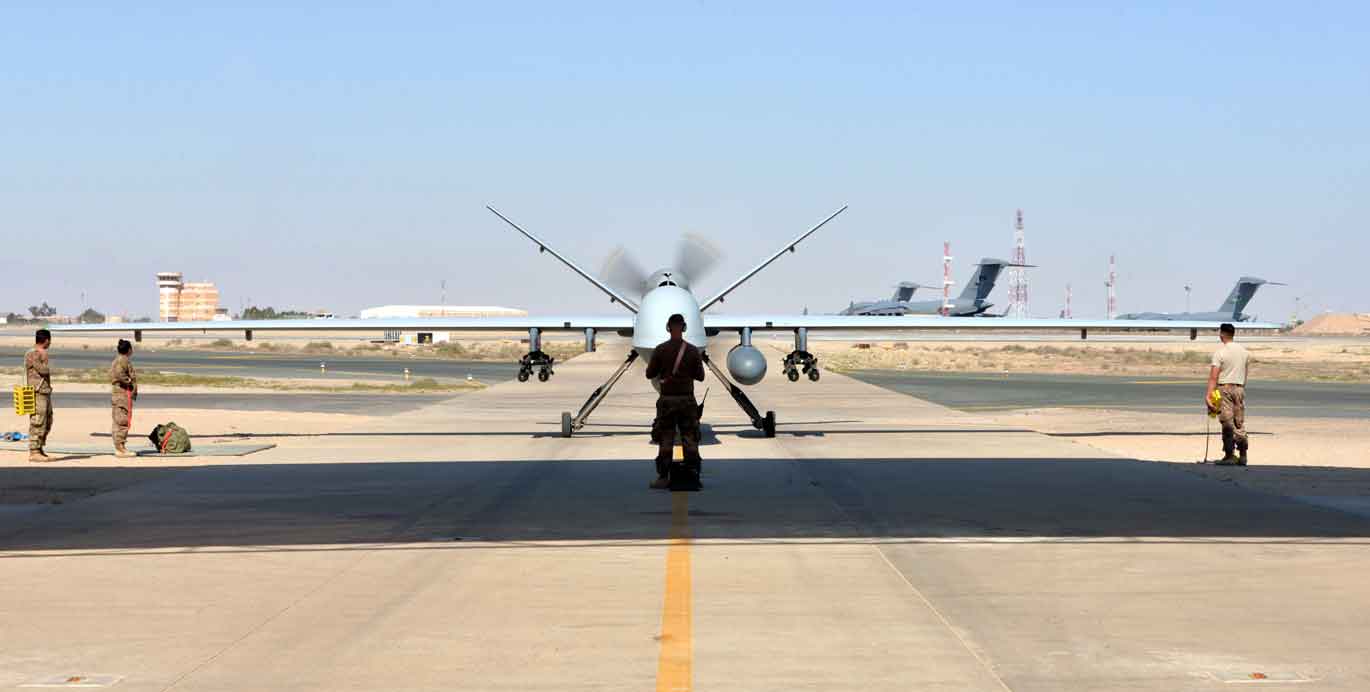EU to develop its own Detect and Avoid System for large military Remotely Piloted Air Systems.
22 February 2021

The European Commission has selected the European Detect and Avoid System (EUDAAS) consortium to develop Detect and Avoid capability for large military Remotely-Piloted Aircraft Systems (RPAS) within the European Defence Industrial Development Programme.
The grant agreement, worth more than €21 million, was signed on 1 December 2020. Ann-Kristin Adolfsson, head of business development and strategy at Saab Aeronautics said EUDAAS is a strategic programme providing technological and operational value to partners and military operators of RPAS. Saab is a lead partner in the programme.
The EUDAAS programme will develop and validate a 100% European Detect And Avoid (DAA) solution for safe insertion of large military Remotely-Piloted Aircraft Systems (RPAS) into European air traffic. Most of RPAS systems today fly in segregated airspace, but the DAA system will provide the remote pilot with the ability to “see and avoid,” including a fully automatic collision avoidance function, which will initiate manoeuvres to avoid collision with other aircraft if necessary. The system is to be integrated into the air traffic management system as with manned aircraft.
“The technology brings the key piece of safety assurance to enable more autonomy and efficiency into aviation, enabling unmanned and remotely operated aircraft to take off in a broader sense,” says Adolfsson. “The technology ensures that unmanned and remotely operated aircraft will not collide with other aircraft. While the project focus is on military unmanned aircraft, the technology is fully applicable to civil systems.”
The technology will be fully compliant with civil requirements, also supporting safe operation of civil drones in support of deliveries, agriculture & forestry, environmental protection, border surveillance and Urban Air Mobility (UAM): a transportation system that moves people by air. The Detect and Avoid system developed will be tested on several unmanned platforms, including the Medium-Altitude Long-Endurance RPAS (EuroMALE test platform) and Tactical Unmanned Aerial Vehicles (TUAV).
The programme will run for three years and work closely with civil developments in the field such as in the European Commission SESAR2020 programme, standardisation in EUROCAE and regulatory development with the European Aviation Safety Agency (EASA).
Ministries of Defence of the five participating EU Member States support the programme. The participating countries are Sweden (lead nation), Italy, Germany, France and Spain. These nations will also provide funding to the programme, in addition to the European Commission grant, which along with industry contributions will result in a plus €30 million programme.
The consortium consists of the following members: Saab (coordinator), Centro Italiano Richerche Aerospaziali (Italy), Diehl Defence (Germany), Deutches Zentrum für Luft- und Raumfahrt (Germany), Hensoldt Sensors (Germany), Indra Sistemas (Spain), Leonardo (Italy), Safran Electronics & Defense (France), Thales Six GTS France SAS (France), Onera (France) and Eurocontrol (Belgium). Additional participants include Thales AVS SAS (France) and Airbus Defence and Space (Germany).